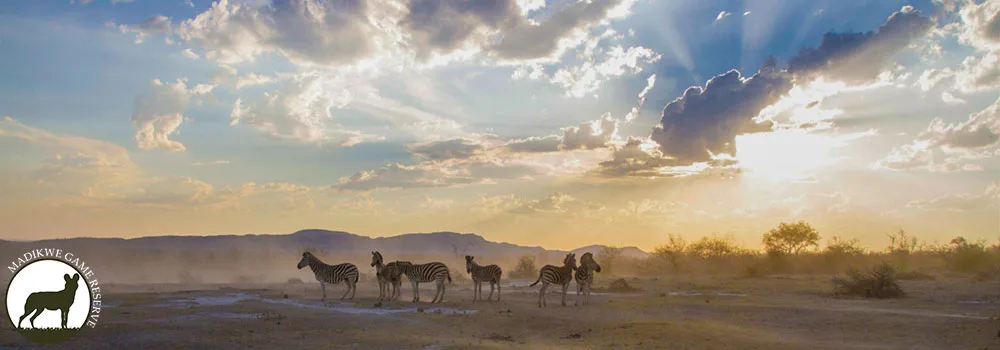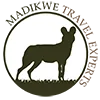
About the History of Madikwe
Before Madikwe was an official game reserve, work had already begun to remove many of the derelict farm buildings, non-indigenous plants and the hundreds of kilometres of old fencing. Many of these old buildings have been spared and turned into workshops and park offices. Some of the outposts have also been left and are being used to house reserve staff and game scouts.
The area where Madikwe Game Reserve stands today was previously farming land, used for farming cattle and arable agriculture. The farming culture in the area was largely a failure, due to bad farming practices and mismanagement, and the vegetation had degraded to unusable levels.
This land has been opened up to a few select private farms. The farm owners are required to abide by Parks Board rules as there are still restrictions as to where private vehicles can drive. Other developments include community lodges that are run by local villages. The profits from these community lodges are then used to uplift local communities.
The Area
Madikwe Game Reserve consists of vast open plains of woodlands and grasslands. The reserve is bisected by the rugged Rant van Tweedepoort and is bordered in the south by the Dwarsberg Mountains. It has been enclosed in a 150km perimeter electric fence to protect larger animals.
The famous Mafikeng Road runs through the area and was a historical route long before the reserve was established. Its path was used by traders, missionaries and explorers. King Mzilikazi of the Matabele tribe passed through the Madikwe area many years ago on his way to expanding the Matabele kingdom.
In 1991 the reserve was announced to the public and in the same year became part of the Board’s Estate on October 31. Before this the remote and economically dejected area needed upliftment and it was decided after a feasibility study that wildlife-based tourism was the most favourable option for the area. It is one of the few game reserves in the world that has been established on the grounds of being the most sustainable and suitable land use in the area.
